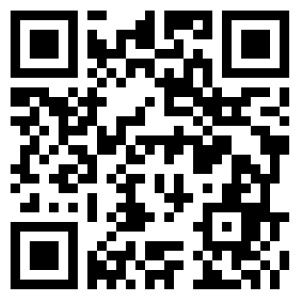Introduction to OER
6 minute read
Hello! You may already have skimmed the parts of Exploring Open about open pedagogy, Creative Commons licenses, or OpenOKState itself. If so, what you discover in these next few pages should fold nicely into questions and ideas you have already formed. If you are starting here, with the Introduction to Open Educational Resources (OER), you are still in good shape.
The purpose of these chapters is to provide opportunity for a dip and sip, informal exploration of some widely accepted characteristics of OER. Skim if you like, and go in for a deeper read where you feel like the information aligns with your own research and curiosity. If you want to really have fun talking about it, reach out to your librarian. Take them for a soda, and by the time only the ice is left in your glass I bet you will find yourself absolutely sold on how OER can enrich your research, teaching and learning praxis.
Let’s start out by seeing how you would describe the characteristics of open educational resources as you currently understand them. In the Padlet below, click into the white rectangle which reads ‘Type your answer here” and share your thoughts. Each entry allows for 20 characters, but you can answer as many times as you like. “I have no idea” also counts as an answer, and is actually pretty helpful information to identify as you scope your exploration.

It’s interesting to see how your thoughts are the same as or different from others exploring the same topic. How did seeing what others had shared shape your thoughts? As you progress through this chapter, you will be invited to imagine redesigning elements of an existing research project, course, or lesson to incorporate open educational resources in ways that suit your local context. We look forward to hearing what inspires you! A formal definition of open educational resources is shared below, for those seeking an operational definition.
Open educational resources (OER) are research, teaching and learning materials which have been intentionally created and licensed to be freely accessed, shared, retained, and in many cases modified at no additional cost to the end user. (UNESCO, 2023)
You may have heard OER explained in terms of 5R characteristics: revise, remix, reuse, retain, and redistribute. These characteristics help describe the extent to which the resource can be adapted, combined with other resources, used in a variety of ways, kept for future use, and/or shared out.
Why OER
It is likely that many of your current research, teaching and learning practices incorporate characteristics of OER. Before we get settled into a definition, however, let’s consider a couple of questions. What are your hopes for higher education? What is your vision for research, the systematic identification and exploration of problems and questions? What is your vision for your classroom? What do you absolutely wish your students would do (DeRose & Jhangiani, 2018)? Grab a sticky-note or a scrap of paper and jot down some of the ideas that came to mind. If you’re coming up blank, consider something you have read or heard from your colleagues that you agree with, maybe something that has surprised you, or even something you would like to push back on a bit. Push yourself to write down at least one thing, and take a bit to reflect on it.
Do your hopes for higher education include centering faculty experience and expertise? Are you imaging a classroom in which students are engaged with each other and the content in a meaningful way? Do you wish the students would at least skim the book?
The use of open educational resources can help move research, teaching and learning toward achieving these goals. Faculty experience and expertise are centered as researchers are empowered to modify or create openly licensed works according to their knowledge of the content area and understanding of the local community in which they teach. Openly licensed materials can be customized to meet the contextualized needs of each unique classroom. And in most cases, open educational resources are available to students before day one of class, so even though we can’t make students read the book, use of open educational resources at least ensures they have access to it!
The next section will dive deeper into the “why” of OER. Let student comments below energize you as you continue your exploration and imagine the possibilities.
“I believe OER should be used in any and all courses possible. Expensive textbooks reduce access and make it very difficult for students.”
“The OER provided for the course was very helpful and well written. Because it was very specific for the class, the book was extremely useful.”
“It was better since I felt that the professor was able to tailor the content of the resources exactly to the what she wanted us to know and what she would test on.”
References
Links
https://padlet.com/kathyessmiller/open-educational-resources-characteristics-2k44tfmgisu6

